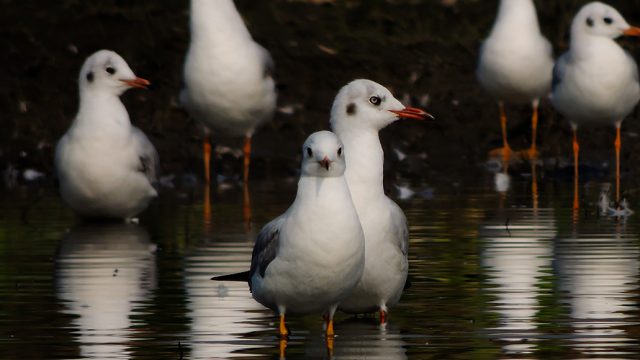Assam is wide and wild. We all know about the wildlife giants like Kaziranga and Manas that dominate Assam’s wildlife scene. The great Indian one-horned rhinoceros, Bengal tiger or the pygmy hog, we all know about them thanks to the widely popular wildlife parks the state boasts about. But what about the endangered golden langur or the Bengal slow loris? Yes, they are here and it’s time we learn about them and these lesser-known wildlife parks that are home to these beautiful species.

Dipor Beel: ‘Beel’, in Assamese language, stands for lake. Located in Kamrup district, this is a permanent freshwater lake, and a wetland listed under the Ramsar Convention. Being one of the largest lakes in the Brahmaputra Valley, this wetland serves the neighbouring indigenous villages. Conservation measures have been going strong for the lake because of its status as an important source of livelihood—fishing. Naturally, it is a haven for 219 species of birds in total and over 70 migratory birds. The lake is also an Important Bird Area and this has been supported by large congregation of globally threatened and endangered species like spot-billed pelican, lesser adjutant stork, Baer’s pochard and Siberian cranes.
Laokhowa Wildlife Sanctuary: This wildlife sanctuary, located 25km from Nagaon has recorded over 225 species of birds, most important one being the critically endangered Bengal Florican. Not only important as an active birding site, the sanctuary is also home to around 39 species of fishes and nine species of amphibians. The sanctuary is also visited regularly by those who want to witness great Indian one-horned rhinoceros, water buffalo, civet cat, wild boar and hog deer, among many, in the wild.

Chakrashila Wildlife Sanctuary: An important sanctuary as it is the second protected habitat for the endangered Gee’s golden langur, also known as golden langur, in India. This sanctuary straddles both Dhubri and Kokrajhar districts.
Pobitora Wildlife Sanctuary: This wildlife reserve is located in Morigaon district, just 30 km from Guwahati. The sanctuary has a dense population of the great Indian one-horned rhinoceros. But that’s not the only reason why this place is gaining attention. Pobitora Wildlife Sanctuary is also a part of Mayong village—a village well-known for the ancient practices of witchcraft and black magic.

Hoollongapar Gibbon Sanctuary: This evergreen forest is a protected area, dedicated specially to hoolock gibbons, India’s only gibbons; the Bengal slow loris, northeast India’s only nocturnal primate; and wild elephants. The name Hoollongapar comes from the hoollong trees that dominate the forest.




